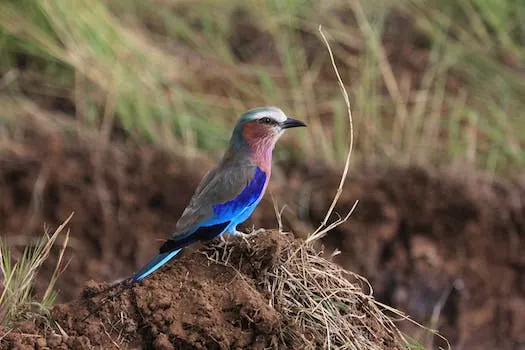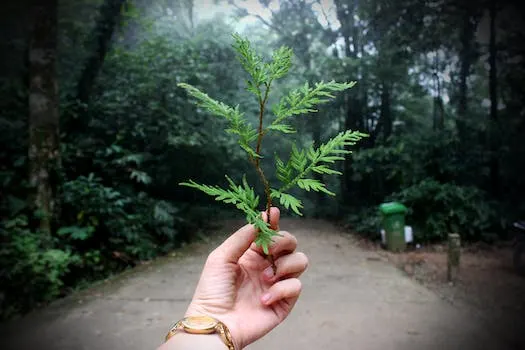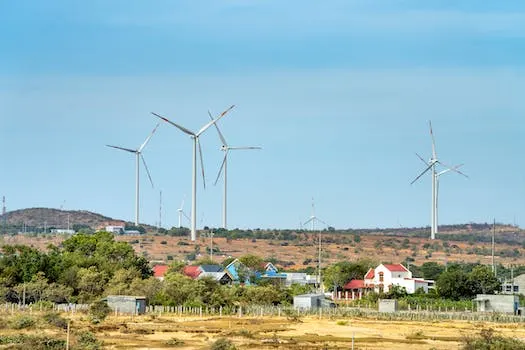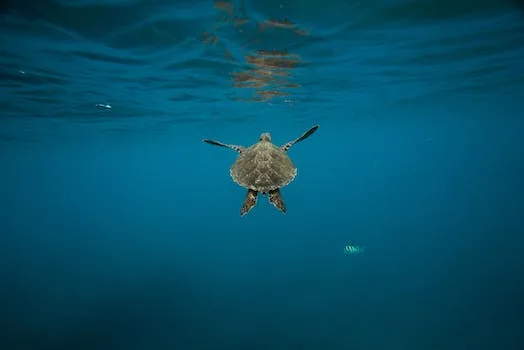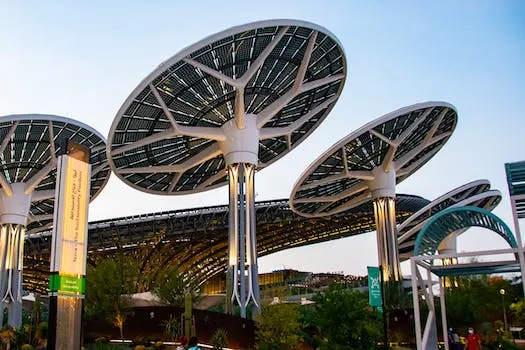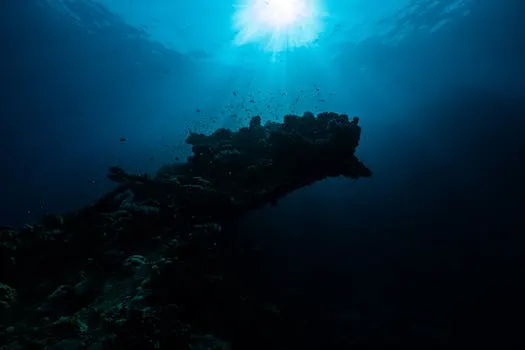
How Climate Change Impacts Biodiversity
climate change is an urgent environmental issue that has become one of the most serious threats to biodiversity. As temperatures continue to rise, its effects on the environment and species are becoming increasingly evident. To understand how climate change is impacting biodiversity and its consequences, it is essential to look at the various ways in which it affects habitats and species.
The environmental changes driven by climate change are disturbing natural habitats and species in a variety of ways. For example, ocean habitats are being affected by lower oxygen levels, decreasing phytoplankton populations, rising sea levels, warmer waters and more intense droughts. These changes have had a devastating effect on polar bears in the Arctic as well as other marine life such as coral reefs. On land, droughts have caused water scarcity for crops and wildlife while severe fires have destroyed vast areas of forests around the world. Melting polar ice caps have also contributed to rising sea levels which can lead to flooding in coastal areas.
Climate change has also had an impact on human health with extreme weather patterns putting lives at risk from heat waves being one of the most deadly examples of this phenomenon. In addition, humanity's addiction to fossil fuels and voracious appetite for natural resources are accelerating climate change even further while degrading ecosystems across the globe at an alarming rate. It is clear that understanding how climate change impacts biodiversity is essential if we want to protect our planet's fragile ecosystems from further destruction due to human activities that contribute towards global warming.
What Is Biodiversity?
Biodiversity, or biological diversity, is the variety of living organisms on Earth. It encompasses the variety of animals, plants, fungi and even microorganisms like bacteria that exist in different ecosystems. Biodiversity is essential for maintaining the balance of life on Earth and is closely linked to the health of ecosystems. The term biodiversity (from “biological diversity”) refers to the variety of life on Earth at all its levels, from genes to ecosystems. It includes not only species diversity but also genetic diversity within each species as well as ecosystem diversity. Biodiversity underpins all life on Earth and reflects the number, variety and variability of living organisms and how these change from one place to another over time. Biodiversity is variation at the genetic, species, and ecosystem levels which are all interconnected in a complex web that supports life on our planet. Without biodiversity we would not have food sources or clean air or water; it provides us with resources for medicine and other products; it helps regulate climate change; it helps protect us from natural disasters such as floods; it provides recreational opportunities such as bird watching; and much more.
How Climate Change Impacts Biodiversity
Climate change is having a direct and profound impact on biodiversity. Changes in temperature and precipitation can cause shifts in the ranges of species, leading to the loss of some species and the introduction of new ones. This can have a major effect on the balance of an ecosystem, as well as its functioning. Additionally, climate change affects resources such as food and water availability, which can lead to competition between different species. Some species are more resilient to climate change than others, resulting in further changes in the composition of species within an area. Furthermore, changes in temperature can affect breeding times and food availability which could disrupt interactions between different species. All these environmental changes driven by climate change are disturbing natural habitats and impacting biodiversity in ways that are still only becoming clear.
The effects of climate change on biodiversity are far-reaching; it alters habitats, shifts ranges for certain species, affects resource availability such as food or water sources leading to competition between different organisms for survival; it also impacts life cycles by changing breeding times or disrupting interactions between different organisms within an ecosystem. These environmental changes have a direct effect on individual species as well as their habitats which could fundamentally transform ecosystems around the world if left unchecked. Healthy ecosystems with rich biodiversity are essential for life on our planet but unfortunately they’re being threatened by climate change at an alarming rate with devastating consequences that we’re only beginning to understand fully now.
Effects on Ecosystems
Climate change has a significant impact on the functioning of ecosystems. Changes in the composition of species can lead to changes in the structure and functioning of ecosystems, such as changes in the food web or nutrient cycling. These alterations can have a major effect on ecosystem health and services they provide, such as pollination and water filtration. Climate change is impacting ecosystems through changes in mean conditions and climate variability, coupled with other associated changes such as increases in temperature, shifts in habitat ranges and species distribution, life cycle alterations, and more. These impacts are further exacerbated by human-driven environmental changes like pollution or land use conversion which will continue to cause biodiversity loss over time. As climate continues to be an important environmental influence on ecosystems, it is essential that we take steps to mitigate its effects on biodiversity for future generations.
How to Reduce the Impact of Climate Change on Biodiversity
Reducing the impact of climate change on biodiversity is essential for preserving the balance of life on Earth. To do this, it is important to reduce emissions of greenhouse gases and to restore habitats that have been damaged by climate change. Conserving and restoring natural spaces, and the biodiversity they contain, is a key step in limiting emissions and adapting to climate impacts. Protecting vulnerable species' habitats and allowing them to migrate as needed are also important steps in reducing the impact of climate change on biodiversity.
Healthy ecosystems are fundamental for life on Earth, but a changing climate can alter their structure and composition. This affects individual species as well as how they interact with other organisms and their habitats. The Intergovernmental Panel on Climate Change (IPCC) Working Group has stated that “healthy ecosystems are more resilient to climate change” which provides life-critical services such as food and clean water. Therefore, stringent mitigation of greenhouse gas (GHG) emissions is necessary in order to limit further biodiversity loss due to climate change impacts.
Biodiversity plays an important role in increasing community resilience against shocks such as those caused by a changing environment or extreme weather events associated with global warming. By protecting vulnerable species' habitats from destruction or degradation, we can help ensure that these species will be able to migrate when needed so they can survive changes brought about by global warming or other environmental changes caused by human activities like deforestation or pollution.
In conclusion, reducing the impact of climate change on biodiversity requires both GHG mitigation efforts such as reducing emissions from burning fossil fuels along with conservation efforts like restoring damaged habitats or protecting existing ones from destruction or degradation so that species can migrate when necessary without disruption due to human activities like deforestation or pollution . These actions will help ensure healthy ecosystems remain intact while providing essential services such as food production for humans around the world who depend upon them for survival
Conclusion
In conclusion, climate change is having a devastating effect on biodiversity and natural ecosystems. Heatwaves, droughts and floods are exceeding the tolerance thresholds of plants and animals, leading to mass mortalities in species. It is essential to reduce emissions of greenhouse gases, restore damaged habitats and protect vulnerable species in order to reduce the impact of climate change on biodiversity. Conserving and restoring natural spaces both on land and in water is also essential for limiting carbon emissions as well as adapting to an already changing climate. Understanding the effects of climate change on biodiversity is key for protecting the balance of life on Earth.
